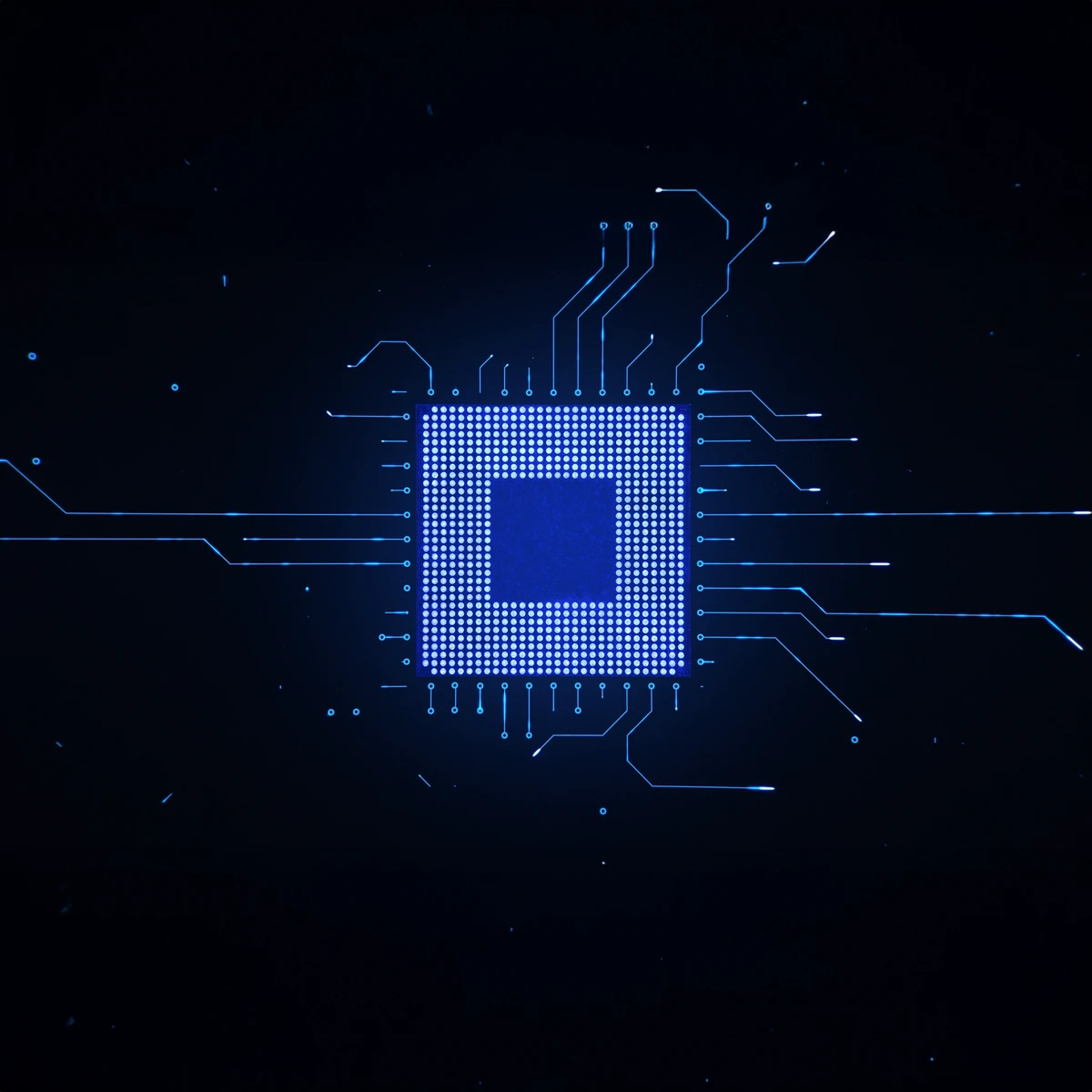Better me
Tipping Points
Genetics: a stroke of genius!
The discovery of DNA - that double-helix molecule containing the code for life -revolutionized our understanding of living organis…
Tuesday, 1 July 2025
article

It all started in 1971 with the Intel 4004. For the first time, all the electronic components needed for a processor were integrated onto a single silicon chip. This marked the birth of microprocessors, the "brains" of computers that execute instructions and process data.
Previously, these functions required much larger and more expensive machines.
The 4004 paved the way for unprecedented miniaturization, enabling processors to become faster while reducing cost and energy consumption. The microprocessor made the creation of personal computers possible.
Progress came quickly. In 1974, Intel released the more powerful 8080, which powered the Altair 8800, one of the first personal computers. A new era had begun. Computers were no longer limited to large businesses and labs - they became a part of everyday life.
In the 1980s, the x86 architecture became a standard, and still dominates today. Computing power grew exponentially according to Moore’s law, which predicts the doubling of transistors on a chip every 18 to 24 months.
Each new generation of processors accelerated technological innovation. First personal computers in the 1980s, then consumer internet in the 1990s, followed by the web. In the 2010s, mobile processors put the power of a desktop computer into the palm of a hand.
The microprocessor is more than just a piece of technology – it is the invisible infrastructure powering all modern and emerging digital technologies.
New types of chips are now designed to meet increasingly diverse needs. GPUs, originally created for video game graphics, have become essential for artificial intelligence thanks to their ability to handle millions of parallel calculations in real time - ideal for deep learning and large-scale data analysis. NPUs, made for embedded AI, enable fast on-device processing in smartphones, voice assistants and autonomous vehicles.
Big data, cloud computing, the internet of things, augmented reality, robotics, blockchain - in each case, microprocessors perform critical roles in processing, storage, transmission and security. They are the beating heart of digital transformation.
And the revolution continues. Miniaturization below 3 nanometers, new materials such as graphene, 3D transistors, neuromorphic architectures inspired by the human brain and direct integration of AI into silicon all promise major advances to come.
The microprocessor, the invisible engine of digital transformation